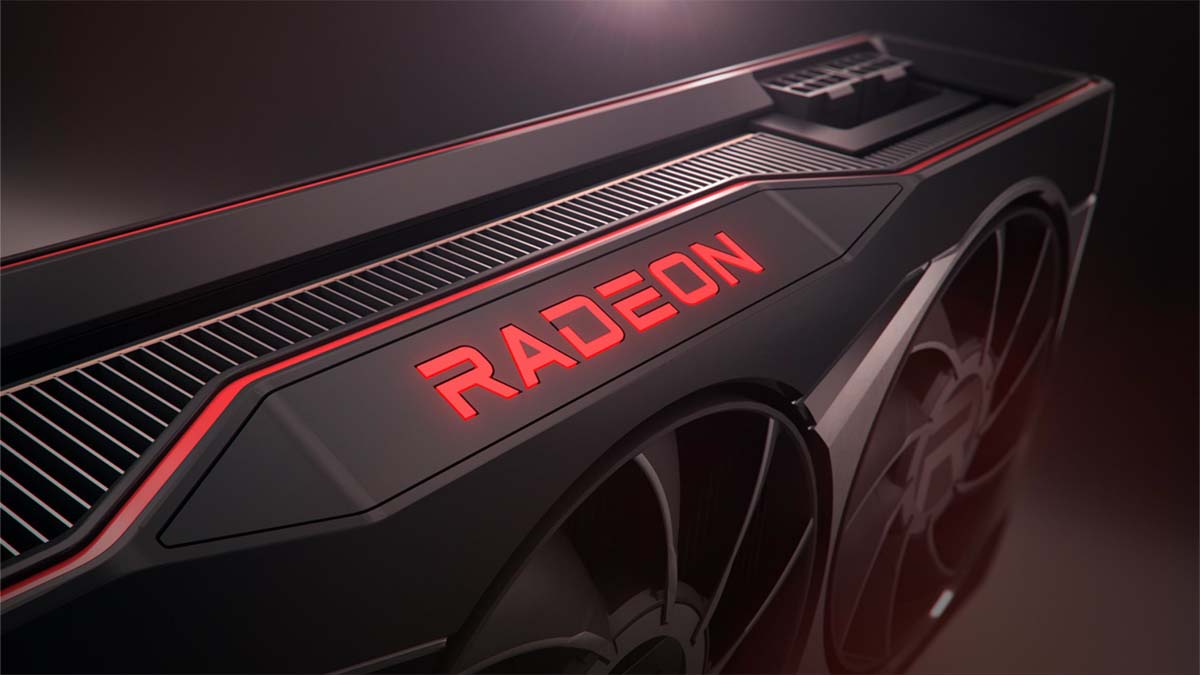Based on a Rumor
AMD is getting ready to announce the brand new Radeon RX 7000 GPU series at the start of next month on November 3rd, and while the launch of the Nvidia GeForce RTX 40 series was generally well-received apart from quips about naming and pricing, it was surprising that Nvidia decided to not include support for DisplayPort 2.0, which opens an opportunity for AMD to get an advantage in that department over the green camp.
DisplayPort 2.0 standard has been out since 2019, offering almost double the bandwidth over HDMI 2.1, however, as of yet, neither Nvidia nor AMD opted to include support for it in their GPUs, and surprisingly Intel, the new kid on the block in the discrete GPU market is offering DP 2.0 support on their Arc 5 & Arc 7 GPU series.
Inside Sources Claim Navi 31 GPUs Will Support Upcoming DisplayPort 2.1
According to Kyle Bennett on Twitter, multiple inside sources have verified that the new Radeon Navi 31 GPUs, will indeed offer support for the unannounced DisplayPort 2.1 standard. Navi 31 is the naming scheme for AMD’s new GPU series built on RDNA 3.0 architecture, utilizing TSMC 5nm production process node, and includes AMD’s upcoming flagship, the Radeon RX 7900 XT.
Verification from multiple sources that @Radeon Navi 31 will support upcoming DisplayPort 2.1 specification. I am tremendously surprised that @NVIDIAGeForce 4090 only supports DP 1.4a. Props to @LinusTech for calling out the DP1.4/4090 shortcomings! https://t.co/eW84VicAZr pic.twitter.com/4fmOtcnlth
— Kyle Bennett (@KyleBennett) October 12, 2022
It goes without saying that any specifications for the yet unannounced DisplayPort 2.1 is still unknown, and will probably remain so until the standard gets officially confirmed by VESA, however, VideoCardz suggests that the upcoming DisplayPort 2.1 might support the UHBR20 (Ultra-High Bit Rate) standard with 80 Gb/s bandwidth.
Three years after the release of DisplayPort 2.0 standard, Nvidia still do not offer support for it, and instead the brand new GeForce RTX 40 series offer only support for DisplayPort 1.4a, which allows for support up to 8K/60Hz or 4K/120Hz, but this requires DSC (Display Stream Compression). This is inferior to the HDMI 2.1 standard by comparison, which offers higher transmission rates (48 Gbps vs 32 Gbps for DP 1.4).
Nvidia seems to think for the time being, DP 1.4a is enough, as the tech giant stated recently in an official statement that “DisplayPort 2.0 in consumer gaming displays are still a ways away in the future”.
Sources: Kyle Bennett via VideoCardz
